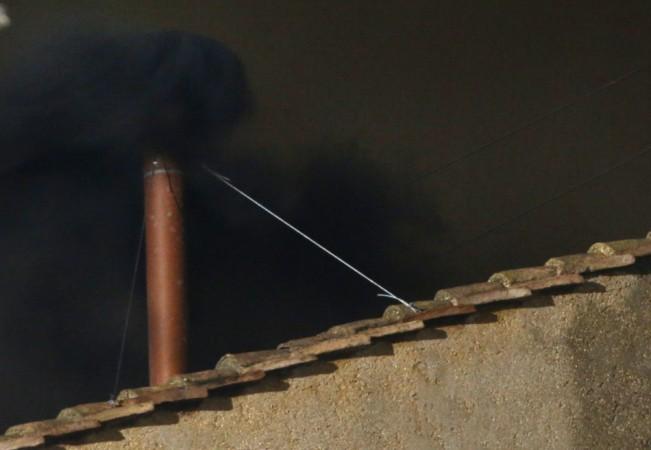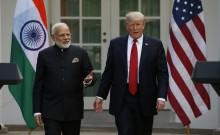Black smoke poured out of the chimney at the Sistine Chapel on Tuesday, the first day of the conclave, signaling that no decision on the next pope has been reached from the first round of balloting.
As many as 115 cardinals from around the world convened at the Sistine Chapel to elect a new pope to lead the 1.2 billion member Catholic Church after Pope Benedict XVI announced his resignation last month.
Black smoke was expected to arise from the Sistine Chapel's chimney on the first day's election, as all the 115 cardinals eligible for voting are candidates and the winner should get two-third majority or 77 votes. Only after several rounds will it become clear as to where the votes flow.
The cardinals hold ballots repeatedly by secretly writing the name of their favoured candidate on a paper, often in disguised handwriting to hide their identities. Four rounds of voting are done every day - two in the morning and two in the evening. If the conclave fails to choose a new pope after 33 ballots, the electors will decide between the two frontrunners for the top religious post.

The cardinals are not allowed to have any contact with the outside world until a new pope is chosen, and their stay in the conclave could go upto 15 days.
The ballot papers are bruned after voting. Only when white smoke comes out from the chimney will the world know that a new pope has been chosen. Since it's not easy to make out the colour of the smoke, the basilica's bell is rung if the smoke is white.

Once a candidate is elected, the Cardinal Dean will ask if he accepts to be the supreme pontiff of the Catholic church. The new pope will be asked to choose his papal name if he accepts his position.
An official announcement of "Habemus Papum - we have a new pope" is made, which is usually made an hour after a white smoke is seen and before the newly elected pope is brought out to greet the crowd at St Peter's Square.

The announcement of a new pope is anticipated to come early, as cardinals in the conclave are keen to celebrate Easter with their congregation.
Speculations have been doing the rounds as to who would become the next pope ever since Benedict XVI announced his resignation from the papal office on 11 February citing health reasons. Among the several names mentioned by church officials, Angelo Scola from Italy, Marc Ouellet from Canada and Odilo Pedro Scherer from Brazil are the most favoured.

The church is expected to have another conservative as the new head as most elector cardinals were appointed by Pope John Paul and Pope Benedict XVI - conservatives who stood by the traditional teachings of the church.














